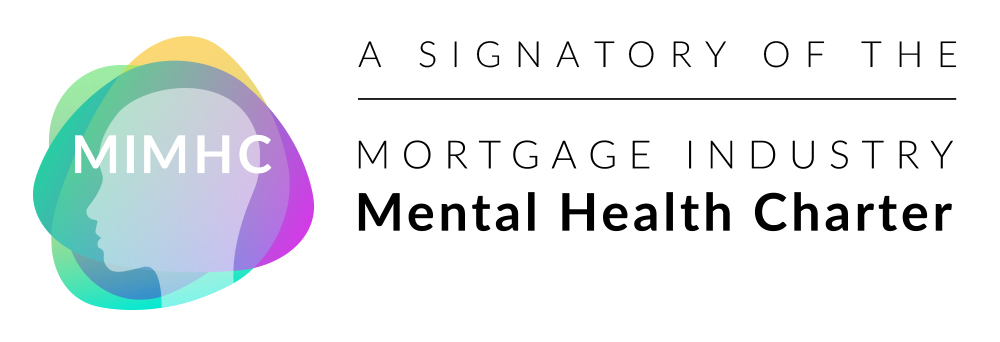LMS has published its latest Remortgage Healthcheck Index, produced in partnership with the Centre of Economics and Business Research (CEBR), covering Q1 2022.
The LMS Remortgage Healthcheck Index shows the overall health of the remortgage market and tracks changes in four key indicators: volume and value of remortgage approvals, remortgage borrowing costs, homeowner equity value and consumer sentiment. The index also shows how remortgage activity is performing alongside wider market conditions and how the key indicators are affecting consumer spending and habits.
Each indicator is scored between 0 and 100, with scores between 40 and 60 considered neutral, a score below 40 considered negative, and score over 60 seen as positive for the industry. The overall healthcheck score is the weighted average of each indicator score.
The LMS Remortgage Index fell 5.1 points to reach 65.0 in Q1 2022, its lowest reading since Q1 2021, but remains in firmly positive territory. The drop in the index was mostly driven by a 15.9 point decrease in the Remortgage Approvals indicator. This dip was due to average approval values falling and slowing growth in approval numbers.
However, the homeowner equity indicator, which measures changes in the rate of house price growth, is at an all-time high, having climbed 8.0 points to the highest possible value of 100.0. This record score was due to buoyant activity and price growth in the housing market throughout the quarter.
The Remortgage Approvals indicator fell sharply as growth in average approval values slowed, marking it the sharpest quarterly fall in the indicator since Q2 2011.
The Remortgage Approvals indicator fell to 50.2 after losing a substantial 15.9 points, moving from positive to neutral territory for the first time since Q4 2020.
LMS said the downturn is due to the average value of approvals dropping, such that the ratio of average approval values to house prices fell by 2.1% year-on-year, the sharpest contraction since Q3 2019. This was exacerbated by a further slowdown in the growth of the number of remortgage approvals, which grew by 8.5% per quarter, down from 10.2% in Q4 2021 and 14.6% in Q3 2021. However, the number of mortgage approvals still grew and are now only 1.1% below their level two years ago, showing a strong recovery following the Covid-19 pandemic.
This decrease in the number and average value of remortgage loans resulted in a neutral overall score for the Remortgage Approvals indicator.
The Borrowing Costs indicator fell, almost completely reversing the 5.7 point increase in Q4, following three successive the Bank of England (BoE) base rate rises.
The Borrowing Costs indicator fell by 4.7 points in Q1 to stand at 70.1. This reduction was due to three successive Bank of England (BoE) base rate hikes between December and March, which saw the average 75% LTV mortgage rate, for both two-year and five-year fixes, increase from 1.6% to 2.1%, causing the sharpest rise in the 12-month rolling average of mortgage rates since Q1 2019. LMS said this fulfils predictions at the end of last quarter that further Bank of England base rate rises would reverse the upward trend in the borrowing costs indicator in Q4 2021.
However, this fall in the Borrowing Costs Indicator was cushioned by a further acceleration in the narrowing of ‘spreads’, the difference between rates charged by lenders and their own funding costs. This narrowing prevented the indicator from falling into neutral territory despite the Bank of England’s base rate increases. In order to remain competitive, LMS said lenders continued to absorb increases in their own funding costs in Q1, rather than passing them on to customers.
The Homeowner Equity indicator reached another all-time high – a sign that despite some challenges, the housing market remains buoyant. The Homeowner Equity indicator was the only indicator to rise in Q1, soaring by 8.0 points in Q1 to stand at 100.0. This is the highest possible reading and constitutes a third consecutive quarterly increase.
House price growth increased in Q1 despite higher mortgage rates, with annual house price growth averaging 8.6% across the quarter, up from 7.3% last quarter. This is likely due to buyers bringing forward purchases in order to lock in lower borrowing costs.
Those looking to remortgage can expect housing demand to soften from Q2 onwards, as mortgage rates rise sharply and the cost of living crisis intensifies.
Borrower sentiment continues to slip as both the cost of living and cost of borrowing escalate. The Borrower Sentiment indicator fell for the third consecutive quarter, by 1.4 points. This brought the indicator to 57.2 points, it’s lowest value since Q3 2020. As such, it remained in neutral territory for a second consecutive quarter.
This drop was chiefly driven by a deterioration in consumer confidence, with the YouGov/Cebr confidence index falling from an average of 109.9 in Q4 2021 to 106.5 in Q1. This came as households’ assessments of their financial prospects reduced drastically due to mounting cost-of-living pressures.
Worsening remortgager sentiment placed further downward pressure on the indicator as the number of borrowers choosing to increase the size of their loans in Q1 fell to 43% to the lowest it has been since Q3 2020.
LMS said the fact that fewer borrowers are choosing to take out a larger loan in Q1 suggests a decline in consumer confidence due to the rising cost of living and cost of borrowing, which are likely to further weigh on remortgagor sentiment over the coming months.
Nick Chadbourne (pictured), CEO at LMS, said: “While the majority of indicators dropped during Q1, the overall market indicator score remained positive in the first quarter of the year, with the Homeowner Equity indicator reaching the highest possible reading.
“The drops were to be expected given the cost of living crisis and repeated Bank of England base rate increases since they impact the overall bouyancy of the market. Price growth in the market acted as a buffer, preventing these dips from being more substantial.
“Continued house price growth and reluctance among lenders to pass on rate increases to the customer are encouraging, and show that brokers and lenders can help sustain the market while longer term solutions are put in place. The focus should continue to be on five year fixed rate mortgages for borrowers, so they can lock in lower costs for longer.
“With lenders working to make sure long-term products are available and brokers signposting them for their clients we can ensure that we support the market as much as possible through the ongoing economic uncertainty.”





